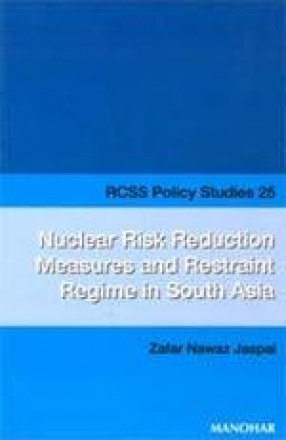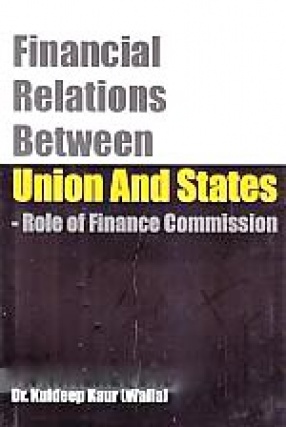The stockpiles of nuclear fissile material in India and Pakistan continue to mount. Both countries are committed to strengthening their missile programmes. The defence strategies of both India and Pakistan–together with the problems posed by the unresolved Kashmir dispute, deep animosity and distrust between them–make South Asia a conflict-prone region. The nuclear deterrence versus non-proliferation debate does not mitigate the situation in the ongoing strategic competition between India and Pakistan. Nuclear Risk Reduction Measures and a Nuclear Restraint Regime in South Asia between India and Pakistan are practicable solutions for limiting the use of a nuclear conflict in the region. Both states have already signed some agreements, such as non-attack on each other’s nuclear installations. But new nuclear-related arrangements which may prove more effective in promoting trust are imperative, while leaving the nuclear deterrence of both states intact. This book examines the prospects of ‘Nuclear Risk Reduction Measures and a Restraint Regime in South Asia’ which would minimize the risks of accidental, unauthorized, or inadvertent use of Indian and/or Pakistani nuclear weapons. It recommends effective barriers against the danger of loose nukes and facility-related problems. Furthermore, the book explains the nuclear perils in the South Asian strategic environment, along with possible solutions for viable nuclear risk reduction measures and a nuclear restraint regime in South Asia.
Nuclear Risk Reduction Measures and Restraint Regime in South Asia
In stock
Free & Quick Delivery Worldwide
Bibliographic information
Title
Nuclear Risk Reduction Measures and Restraint Regime in South Asia
Author
Edition
1st ed.
Publisher
ISBN
8173045690
Length
114p., Bibliography; 22cm.
Subjects





There are no reviews yet.